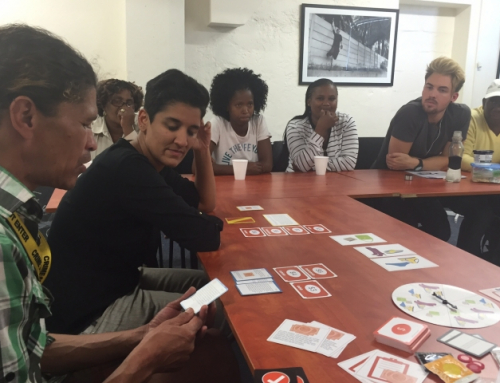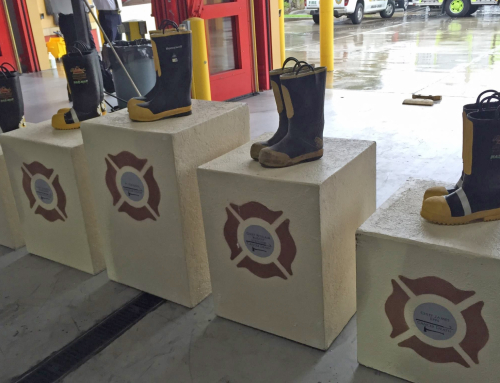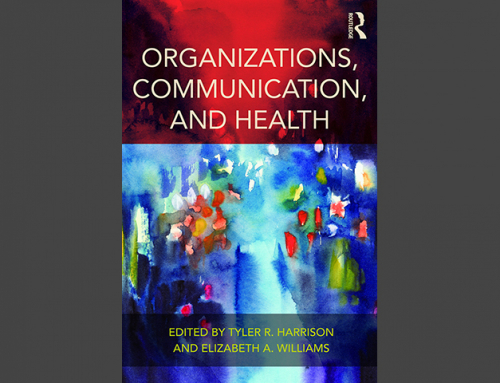Project Description
Trafficking in persons (TIP) occurs in every country. It is based on economics, on the desire to profit from the work of others without providing just compensation to the workers. It may involve various forms of deception and illegal behavior in order to achieve this profit. One form of TIP is trafficking in women and children. The economic activity involved in such trafficking is often sex work. Sex trafficking occurs when persons are induced to engage in sex work through force, fraud, or coercion, or when the sex worker is under 18 years of age. It may involve cases where the worker does not receive just compensation for her voluntary labor. In any society female domestic laborers such as maids may be subject to abuse. Some societies have institutionalized these practices with children in the form of mooi jai, restavek, and related practices (Jaskchok, 1988; Steinfatt, 2006). Baker (2007) discusses related issues on children in Thailand. Spousal abuse also occurs in Cambodia as elsewhere and may take the form of trafficking in some instances. The present study does not attempt to measure the number of either of these domestic cases, or to determine whether any of the persons so situated have been abused or trafficked. Similarly, trafficking for maritime labor, for begging, and for factory labor, are not studied in this research. Derks, Henke, and Ly (2006) provide a review of many of the reports on sex work and human trafficking in Cambodia conducted since 1995. Reviews of additional studies may be found in Steinfatt (2003) and in the PDF linked above.
Trafficking often involves a process that is discussed in terms of source, transit, and destination trafficking. Source trafficking concerns the origin of trafficked persons, in-transit trafficking concerns persons in transit between source and destination points, and destination trafficking concerns trafficked persons at their present location. Source and transit trafficking are often more difficult to detect than destination trafficking as there may be little visible evidence to enable their detection and they often appear to be normal human activities. Each destination trafficked person goes through each stage, however briefly. The difficulty of detection of the source and transit stages leads to our concentration on destination trafficking specifically because it is the easiest to detect and is thus more likely to provide an accurate count, and a greater possibility of rescue. References in the text to the Steinfatt, Baker, and Beesey study of 2002, and the Steinfatt study of 2003 may be abbreviated as ‘the 2002 and 2003 studies’ when such usage is clear. The present study is referred to as the 2008 study.










